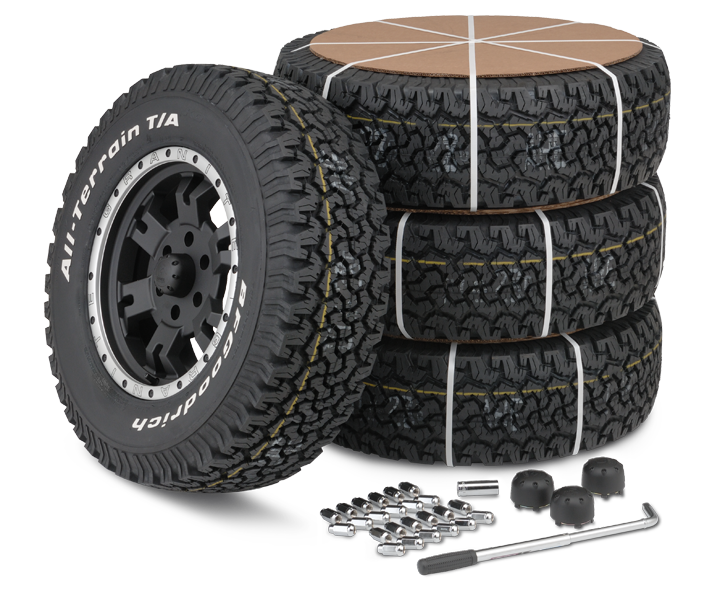Trustworthy Tire Shop Morris: Your Destination for Quality Tires and Services
Trustworthy Tire Shop Morris: Your Destination for Quality Tires and Services
Blog Article
Tire Solution: The Influence of Climate Problems
When it concerns making certain optimal efficiency and safety and security on the roadway, understanding the effect of climate conditions on tire solution is critical. From scorching heat to icy roads, each climate component can considerably affect tire functionality and general driving experience. By diving right into the effects of differing weather conditions on tires, motorists can obtain valuable insights that might boost their vehicle's performance and durability. In this conversation, we will check out the complex partnership in between climate condition and tire solution, clarifying the relevance of weather-specific tire upkeep techniques and factors to consider.
Warm and Tire Efficiency
When exposed to high temperature levels, tires experience modifications in efficiency that can significantly affect car safety and handling. The warm created from long term driving or warm climate problems creates the tire rubber to soften, leading to lowered walk life and increased wear.
Additionally, high temperatures can speed up the procedure of tire aging, creating the rubber to deteriorate more swiftly. To mitigate the effects of warm on tire efficiency, vehicle drivers need to routinely inspect their tire stress, revolve tires to make certain also wear, and inspect for any indications of damages.
Cold Weather Condition Effects
Cold weather condition conditions can have a considerable influence on tire efficiency and safety and security. In cool climate, tires may additionally lose air pressure extra swiftly, which can affect managing and fuel performance.
To minimize the impacts of cool weather on tires, it is important to regularly examine tire pressure and inflate them to the manufacturer's suggested levels. Using winter months or all-season tires created for cold climate problems can also boost traction and grasp on icy or snowy roadways - tires morris il. Appropriate tire upkeep, including normal assessments for wear and damages, comes to be much more critical throughout colder months to make sure optimum efficiency and safety
Rainy Issues Influence
Throughout stormy problems, tire performance and security can be dramatically affected by the wet roadway surfaces and reduced visibility. The tread pattern of tires plays a crucial role in maintaining traction on damp roadways. Tires with worn-out treads are much more susceptible to hydroplaning, where a layer of water accumulates between the tire and the road surface area, bring about loss of grip. To fight this, chauffeurs ought to frequently check their tires for sufficient tread deepness and take into consideration buying tires particularly developed for wet problems.

Snow and Tire Safety
When driving in snowy conditions, having the right tires can make a considerable distinction in safety and security and performance. Winter tires are developed with unique rubber substances and step patterns to give far better traction on snow and ice compared to all-season tires.
In addition to utilizing wintertime tires, it is crucial to guarantee they are correctly pumped up. Winter can trigger tire pressure to drop, impacting traction and handling (morris tire and alignment). On a regular basis examining and keeping the appropriate tire stress is necessary for optimum efficiency in snowy problems

Weather-Related Tire Upkeep
When faced with numerous weather, correct tire maintenance comes to be a vital aspect of vehicle security and performance. Weather-related tire maintenance incorporates a series of practices targeted at guaranteeing optimum tire function and durability in various weather circumstances. One key facet of weather-related tire upkeep is tire pressure guideline. Changing temperatures can cause tire stress important source to differ, influencing grip and fuel performance. Frequently adjusting and examining tire stress according to manufacturer suggestions is crucial for safe driving in changing climate condition. Additionally, tire walk depth plays a significant function in managing various climate aspects. Tires with ample tread depth provide better grip on wet or icy roadways, reducing the threat of hydroplaning or skidding. When tread wear reaches a certain deepness is essential for preserving traction and stability in unfavorable weather condition, examining tire tread routinely and replacing tires. By focusing on weather-related tire upkeep, vehicle drivers can boost safety, enhance car efficiency, and prolong the life expectancy of their tires.
Final Thought
Finally, climate condition have a substantial influence on tire efficiency and security. From warmth impacting tire stress and use to winter lowering grip, it is vital to take into consideration the weather when keeping and making use of tires. Stormy conditions can reduce grip and cause hydroplaning, while snow can increase the risk of crashes if tires are not correctly outfitted. Weather-related tire maintenance is vital in ensuring optimum efficiency and safety and security on the roads.
In this conversation, we will check out the complex connection in between climate problems and tire solution, losing light on the importance of weather-specific tire upkeep practices and considerations.

Report this page